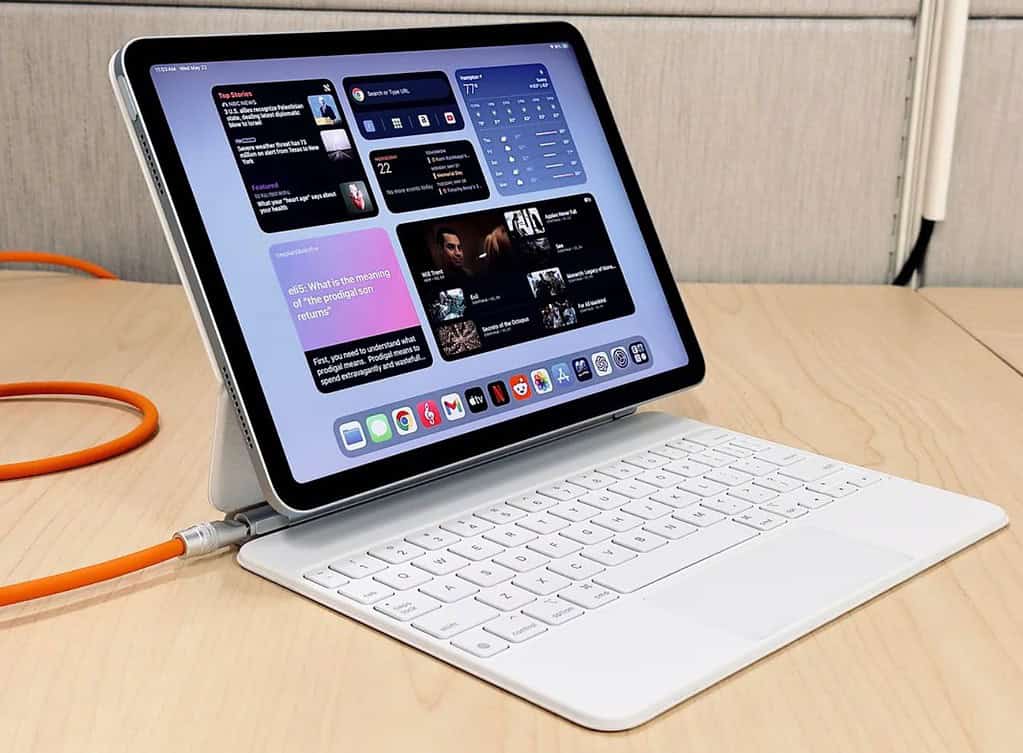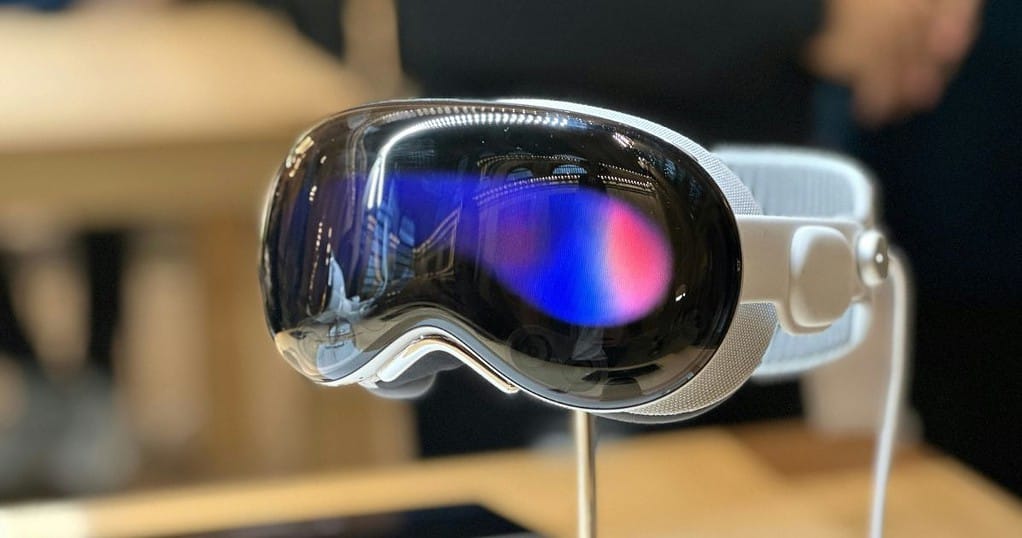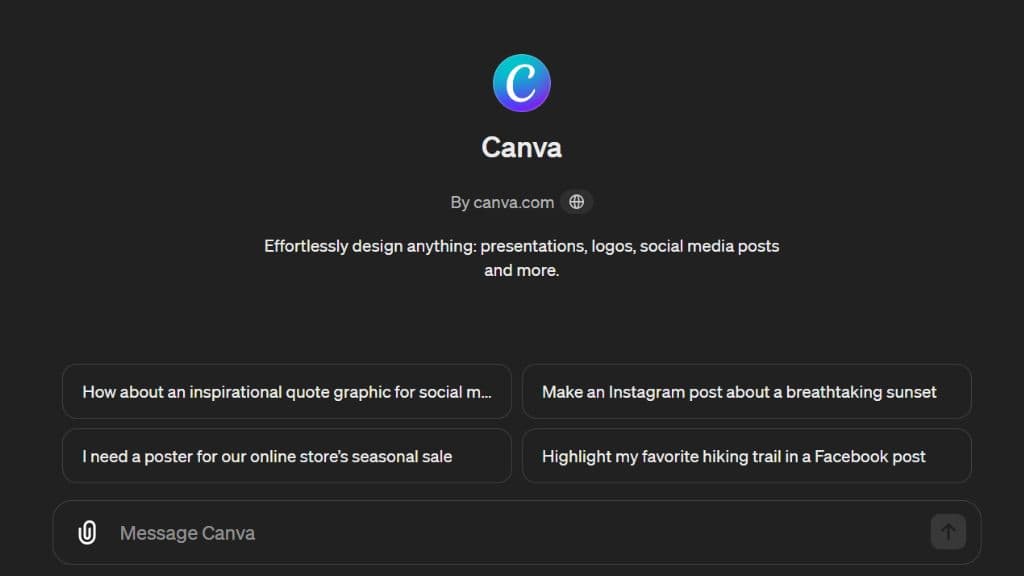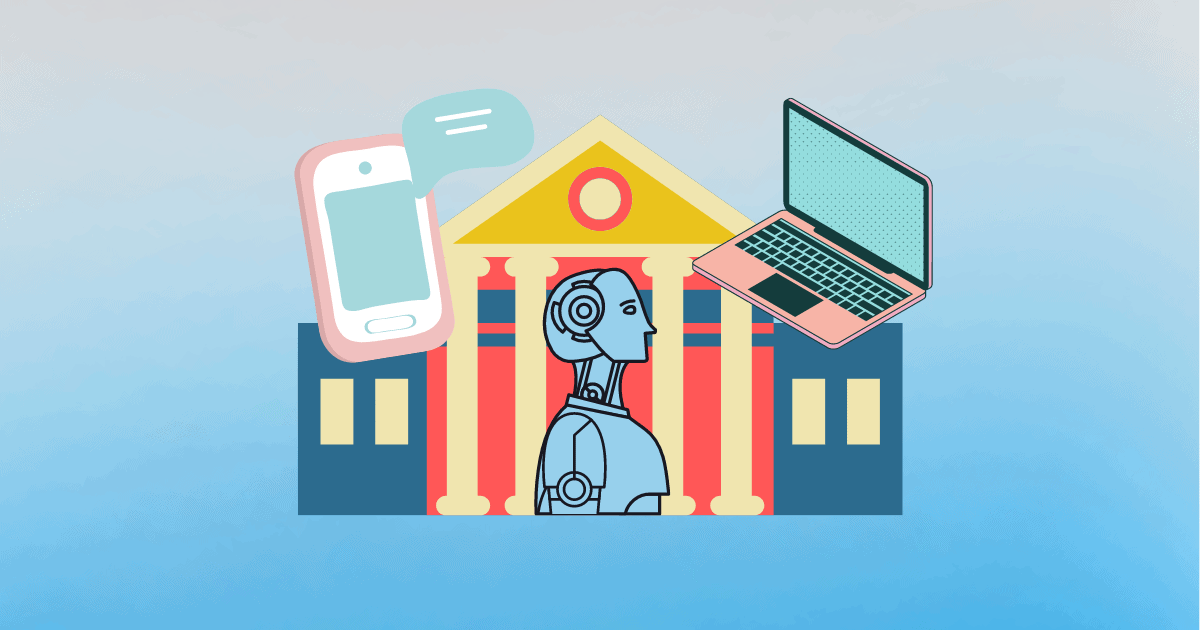The world of technology moves fast, and how education has changed is a sight to behold. As technology advances, students need to adapt to how they receive information. In the past, students typically relied on physical books and notes for their information, and those with a TI-83 calculator were seen as cutting-edge. Now, everyone has the world’s information right in their pocket, students included.
However, what we want to know today is how this technological shift has changed the world of education for students. Let’s take a look.
Innovations in the Classroom
When it comes to analyzing the experience of academic life, there is no better place to start than in the classroom. In the olden days, virtually everything took place within a physical classroom or auditorium, and inclusivity was a rare occurrence. However, technology now gives students the opportunity to attend lectures and interact with fellow students and professors entirely online.

Thanks to the internet, students can tap in to information, professional tutors and even a reliable paper writer should they need a good example of crafting an assignment. One fantastic thing about a fully digitized and remote format means that it can create an inclusive environment for everyone: those unable to attend in-person classes can now do so digitally, allowing everyone to flourish with knowledge.
New Interactive Learning Platforms
Another way that the academic process has evolved is through interactivity. Currently, students are able to have instant access to school libraries, academic databases and even the notes they write during lectures. Even better, many schools and institutions provide these materials in advance, meaning students can get ahead of the material before lectures begin.
Essentially, technology has made learning easier, largely in thanks to the accessibility of information and answers. Technology has also greatly expanded a student’s ability to collaborate with others. For example, services such as Jamboard allow for students to create slides and share information in real-time. In essence, this has created a new paradigm in the world of academia.
VR and AR Expand Solutions
It’s not just information that has been revolutionized through the advancement of technology, as virtual reality (VR) and augmented reality (AR) have shifted the practical applications of knowledge as well. For example, engineering students can now design complex three-dimensional objects in real-time.

The emergence of AR and VR has shifted how students complete internships as well. Several companies now implement AR and VR apps that provide real-time virtual training to prospects.
Take South Korea as an example. In this region, many schools are integrating VR helmets within their pedagogy, and it’s time other parts of the world begin to take notice. The use of tech in this instance can help develop visual examples for students, which can be a major benefactor in how they learn and adapt. It’s technological solutions such as these that will save time in the long run, and help pave the way for more advanced learning.
Large Language Models and Neural Networks
Just as VR and AR are shaping the educational field, neural networks, and language models are revolutionizing the classroom as well. While language models may give professors a headache, they can be used for good, such as libraries implementing them to create smart chats for students to access and find information with greater accuracy and speed. They’re also good for helping students with hints to answers, defining terms, and providing guides for laboratory research.

While this technology is still in its infancy, the impact it is having on research is remarkable. Decades ago, folks would only dream of such innovations. However, neural networks aiding in the memorization of information and implementation of academic approaches are a reality.
Digital Content and WebTools
Folks are likely familiar with how Google and other tech giants are striving to create a comfortable digital environment for student learning. These tech leaders are creating platforms that broadcast lectures and promote collaboration on research projects while developing tools that can spread information like never before. A modern student is able to share information, share it, work on an assignment, and receive feedback faster than ever before.
Even better, virtually all of these services are available on a variety of devices, including smartphones, computers, and tablets, meaning you can always stay in touch with the world. A student from even twenty years ago has practically none of the same resources as a student does today. As education evolves with technology, the life of a student gets easier.
Personalization
Did you know that the first steps toward personalizing the academic process were taken back in the mid-90s? While these were small steps, things began to grow in stride in recent years, with the COVID-19 pandemic forcing progress forward even faster. This has caused academic institutions to realize students are just as capable and effective in learning from home with proper motivation.
It’s also worth considering that some folks absolutely need special conditions and adaptability to master certain topics and tasks with ease. In modern academia, the use of web technologies help promote inclusions and the equal access to knowledge. In response, many institutions have developed different curricula to better provide equal opportunities for all participants.
The Future of EdTech Solutions
The future of technology shines bright like an LED. Moreover, academic institutions around the globe are not afraid of implementing a variety of solutions in the educational process. Rather than hamper innovations, humanity and students should expect technology to be a major part of their reality. The path toward a better future begins with developing reliable ways to introduce new technology, like large language models and virtual simulations. Solutions such as these will be the saving grace of academics and will create a path toward more efficient knowledge acquisition.
You may also want to know if you should buy an iPad for college.
